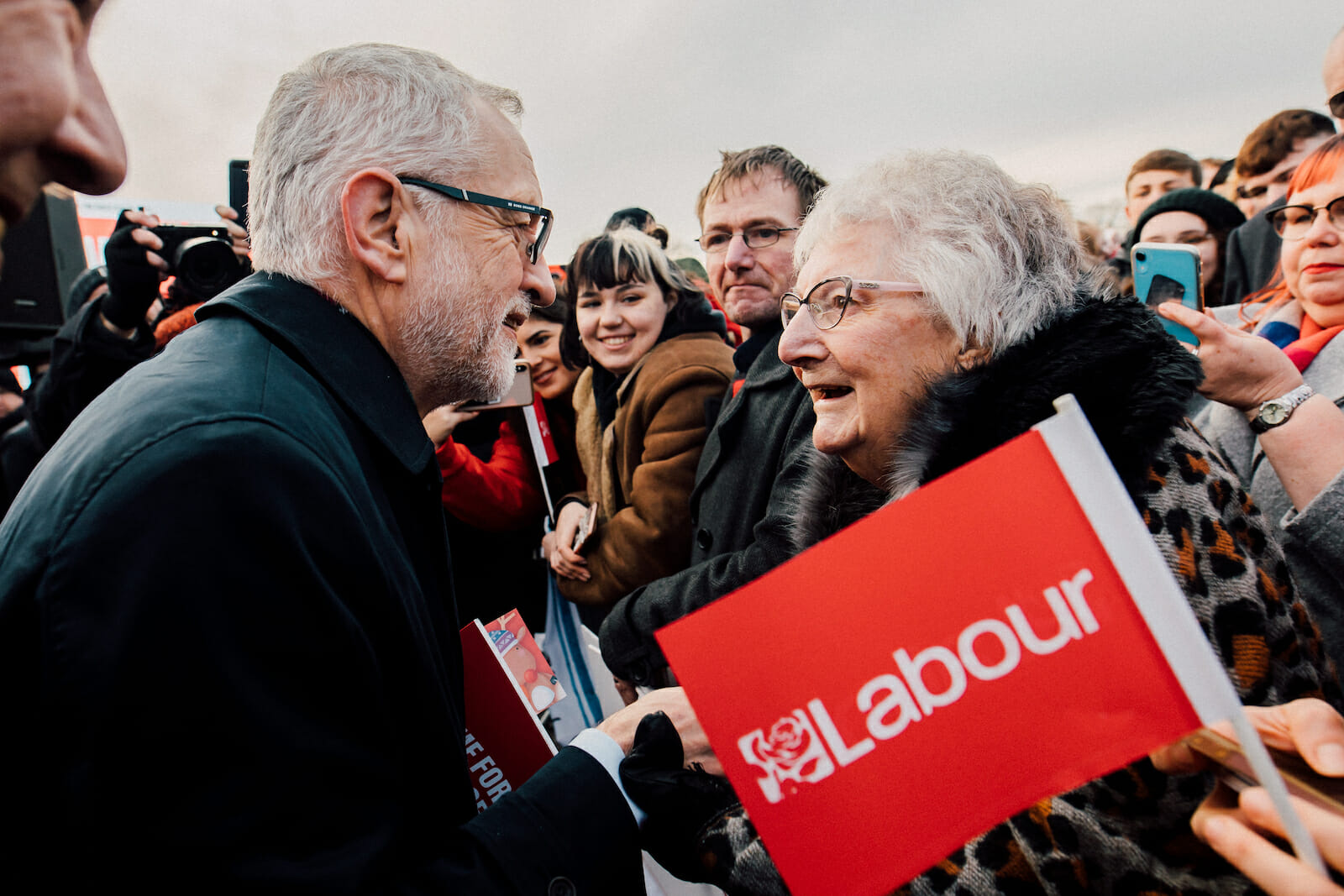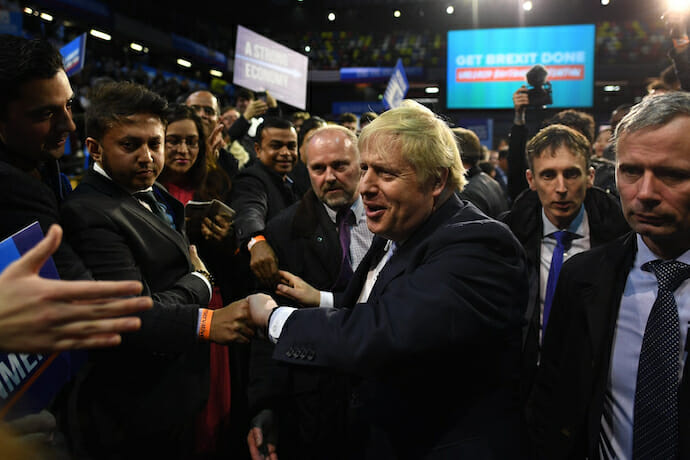
Hard Work Ahead for Britain’s Political Parties after 2019 Vote
With the election results in the UK now in, it’s clear that the big winner is the Conservative party while the main losers are the leftwing Labour party and the centrist Liberal Democrats. But while the opposition parties are about to undergo some soul searching, the Conservatives shouldn’t think they won’t face the same.
Already fighting is taking place in the Labour party and different groups are trying to seize control of the narrative. For those around the leader Jeremy Corbyn, there’s frustration that they weren’t able to get their message to increase public spending across. They found it hard as a result of a strongly hostile and predominately rightwing print media.
For the social democrats in the party, they have highlighted Corbyn’s unpopularity and problematic historic baggage, including alleged support for the IRA, Hamas and supposed anti-Semitism. For them, the answer is to dump the leader and tack back to the centre.
But the centre didn’t do well either. The Liberal Democrats made it clear that they wouldn’t support either of the two big parties. They also wanted to scrap the 2016 referendum result to leave the European Union (EU). They were rewarded by only seeing their share of the vote rise by 3% compared to the last election while their leader lost her seat.
For both the social democrats and Corbyn’s Momentum group in Labour, a big problem will be reconnecting with large numbers of voters who don’t think Labour speaks for them anymore. It didn’t help Corbyn that Labour is effectively two tribes: on one side, older, working-class Northerners who voted to leave the EU while on the other, younger, more middle-class voters in London and other urban areas.
Corbyn tried to split the difference by saying he would negotiate a “better” deal than the Conservative government had done to leave and putting it to the vote next year. He then tried to move the conversation on to talk about increased funding for hospitals and schools, to be paid for by taxing the rich.
Unfortunately for him, the dial hasn’t moved on since 2016. The Conservatives focused their campaign to “get Brexit done.”

The Conservative focus meant their vote share didn’t crumble from last time. They added 1% to their share of the vote from the last election in 2017. By contrast, Labour’s fell by 8%, which given the vagaries of the electoral system, translated into a thumping Conservative majority.
Both Labour and the Lib Dems face hard choices. In Labour, the social democrats and Momentum will need to move beyond personality politics and reflect on why they lost so many seats many of which have long voted for the party. It should prompt discussion over how to reconnect with these voters. Many of them felt increasingly exposed and vulnerable following the global financial crisis in 2008-09 and the subsequent public sector cuts after 2010.
Those talks may prove awkward for the social democratic wing: from the late 1980s, it effectively undid its last remaining links with them when it embraced the predominant market-led economic model and which followed through into the Blair and Brown governments after 1997.
The Lib Dems will also need to find a new banner under which to fight. The size of the Conservative majority has largely put to bed the debate between leave and remain. The party also struggle from the lack of a distinct constituency.
But if the immediate future looks hard for the opposition, the Conservatives may soon face difficulties as well.
Prime Minister Boris Johnson has tried to portray life for Britain outside the EU favourably – despite most authoritative analyses projecting losses to the British economy over the next decade.
For many of these new Conservative voters, they are likely to be at the sharp end of these economic changes. Some of them work in what remains of British industry and manufacturing, which may well relocate abroad to remain in the European single market. Those employed with flexible contracts and without protection will be similarly exposed.
In such circumstances, it may seem paradoxical then why such voters would prioritise the Conservatives’ focus on Brexit against Labour’s more expansive policy agenda.
It’s not clear what the Conservative answer is to the problems facing their new constituents. Consequently, while the election campaign has proved successful, they may well find it harder to manage expectations. They may soon face questions that they have so far managed to avoid answering.
On one hand, Britain now looks likely to leave the EU formally at the end of January. Yet it only begins a new stage in negotiations to achieve a comprehensive trade agreement – and which will be difficult to achieve before the end of next year when Britain will effectively leave the single market. Should that happen, the Conservatives will face ire for failing to deliver on their promise.
On the other hand, if the Conservatives decide to abandon that effort and adopt a “hard” Brexit, they risk exposing the country to an uncertain future. The global economy is starting to become more protectionist as some of the world’s leading economies, like the US, are putting up barriers to trade. If that occurs, then the government’s rosy predictions may turn to ash and taking those of its new supporters with them.

